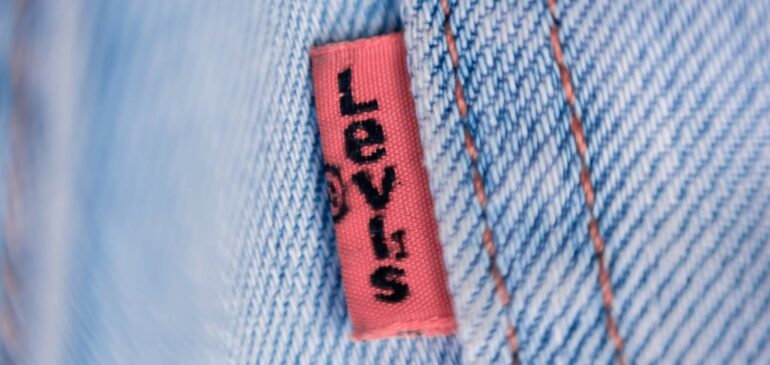Levi’s has announced that it will be partnering with digital model studio Lalaland.ai to incorporate AI-generated models alongside human models in its advertising campaigns. The move is being framed as part of the company’s “digital transformation journey” towards diversity, equity, inclusion, and sustainability.
While the initiative sounds noble on the surface, critics argue that Levi’s is essentially hiring a robot to generate the appearance of diversity while avoiding the cost of paying human models who represent the qualities it wants to be associated with its brand.
Lalaland.ai, founded in 2019, aims to create “hyper-realistic” models “of every body type, age, size, and skin tone” to help customers see what various fashion items would look like on a person who looks like them. Levi’s claims that the partnership will increase the number and diversity of its models in a sustainable way, while Lalaland.ai says its mission is “to see more representation in the fashion industry” and create an “inclusive, sustainable, and diverse design chain.”
Levi’s has stated that it doesn’t intend for AI to replace human models entirely, but many experts see this as a step towards automating the industry. As AI-generated content grows more convincing, corporations may be motivated to mass-produce something that previously required hiring people.
Critics argue that companies should not be trusted when they claim that initiatives like this are about promoting diversity and environmental sustainability. While it’s possible that AI-generated models could increase representation in the fashion industry, it’s important to remain skeptical of companies’ motives and ensure that human models are not being replaced by machines to cut costs.
Overall, the partnership between Levi’s and Lalaland.ai highlights the potential benefits and ethical concerns of using AI-generated models in the fashion industry. While technology can certainly help create more diverse and inclusive representations of fashion, companies must also be transparent about their motives and ensure that human models are not being marginalized or replaced by machines.

